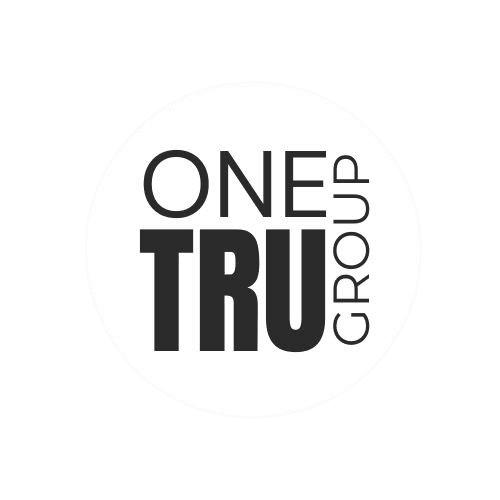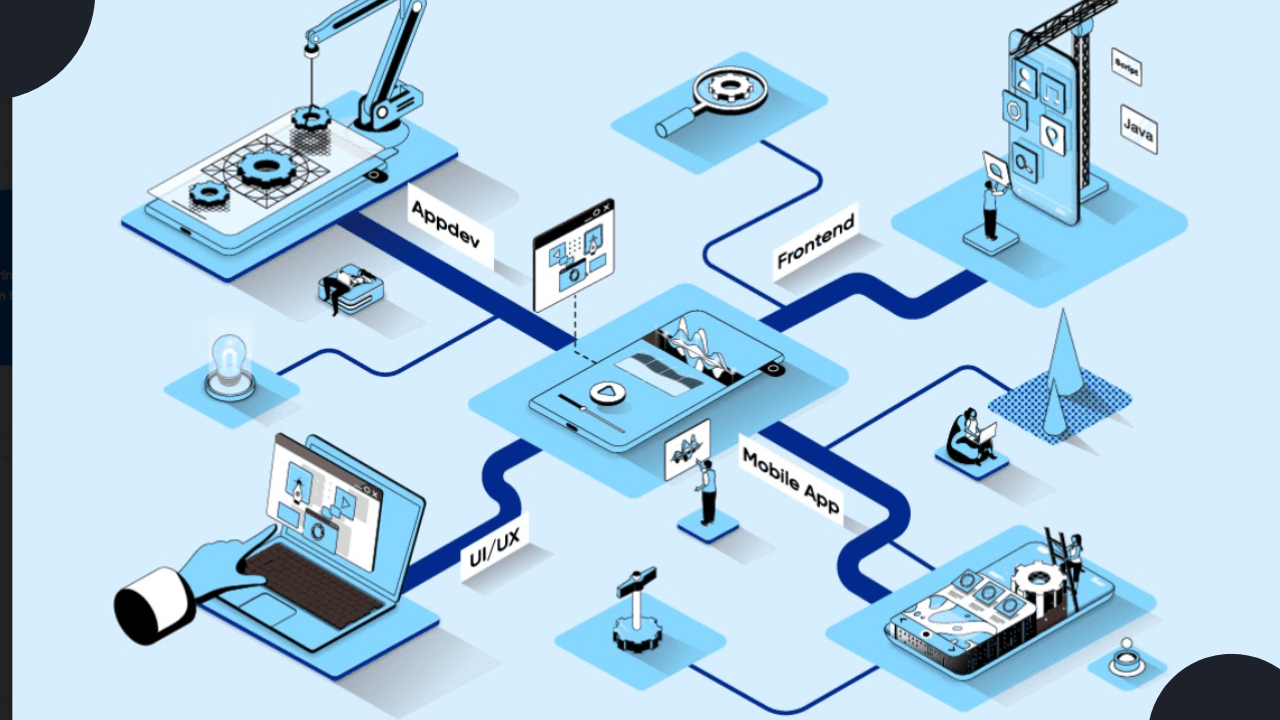Understanding Internal Staff Development
Internal staff development refers to the practices and initiatives put in place within an organization to enhance the skills and capabilities of its existing workforce. This encompasses a variety of elements including training programs, mentorship opportunities, and structured career advancement paths. Organizations that prioritize internal staff development demonstrate a commitment to nurturing their employees, ultimately leading to increased loyalty and improved morale among the workforce.
One of the key components of internal staff development is training programs designed to equip employees with new skills or refine existing ones. These programs can take various forms, including workshops, online courses, and on-the-job training. By investing in training, organizations provide their employees with the tools necessary to perform at their highest potential, which not only enhances individual performance but also boosts overall productivity within the organization.
Another critical aspect of internal staff development is mentorship. Experienced staff can guide newer employees through their career paths, offering advice, support, and insight that can accelerate professional growth. This mentorship fosters a culture of collaboration and knowledge sharing, creating an environment where employees feel valued and motivated to contribute to the organization’s success.
Moreover, career advancement opportunities are an essential element of internal development. Providing clear pathways for promotion and progression helps retain top talent and encourages employees to invest in their roles. This sense of progression often leads to greater engagement and satisfaction, as employees see a future for themselves within the company.
When compared to external hiring, internal staff development can often be more cost-effective. Recruiting new staff incurs expenses such as advertising, interviewing, and onboarding, whereas investing in existing employees typically yields higher returns with reduced costs. By focusing on staff development, organizations can create a loyal, skilled workforce poised to meet future challenges effectively.
The Case for External Hiring
In today’s rapidly evolving business landscape, external hiring has become an essential strategy for companies looking to remain competitive. One of the primary advantages of bringing in outside talent is the opportunity to acquire new skills and perspectives that may be absent from the existing workforce. This influx of diverse experiences can foster innovation, drive creativity, and help organizations tackle challenges from fresh angles.
Organizations often face market shifts and technological advancements that require them to adapt quickly. By recruiting externally, companies can access specialized skills that are not present within their current teams. Hiring individuals with expertise in areas such as digital transformation, data analytics, or customer experience can significantly enhance a firm’s capabilities. These new employees not only bring their professional skills but also their unique viewpoints, which can lead to improved problem-solving and decision-making processes.
Moreover, integrating new energy into a team can stimulate internal staff development. New hires may challenge long-standing practices, prompting existing employees to rethink their approaches. This can create a culture of continuous improvement, where both new and current personnel are motivated to enhance their skills. However, the practice of external hiring is not without its challenges. Recruiting talent can be time-consuming and costly, often requiring significant investments in terms of advertising, interviewing, and onboarding processes. Moreover, there is always a risk that external hires may not fit seamlessly into the existing company culture, which can lead to dissatisfaction among team members and decreased productivity.
In conclusion, while external hiring offers distinct advantages, including access to new ideas and skills that can invigorate a company, it is imperative for organizations to carefully evaluate the associated costs and challenges. By balancing external recruitment with internal staff development, companies may find the ideal blend to drive success and innovation.
Comparative Advantages of Internal Development vs. External Hiring
The decision between investing in internal staff development and pursuing external hiring strategies is pivotal for organizations aiming to enhance their workforce efficacy. Each approach offers distinct advantages and disadvantages that can significantly affect the company’s growth trajectory and internal culture. Internal staff development is often associated with higher employee retention rates, as current employees feel valued and recognized through opportunities for gradual advancement and skill enhancement. This investment fosters loyalty and reduces turnover costs, making it an economically viable option in the long run.
Additionally, employees cultivated from within possess deep institutional knowledge that can be instrumental in navigating the complexities of the organization’s operations. Such individuals are often more attuned to the company’s culture, values, and objectives, which translates into a smoother alliance between employee performance and organizational goals. Successful companies like Google and IBM have been able to leverage robust internal development programs, showing a marked increase in motivation and productivity among their staff.
On the other hand, external hiring can inject fresh perspectives and innovative ideas into a company, creating an energetic environment conducive to rapid growth. By bringing in new talent, organizations can bridge skill gaps that may not be addressed within existing staff. Moreover, external candidates can provide valuable insights drawn from their diverse experiences in other sectors, enhancing the overall skill pool of the organization. Companies such as Amazon exemplify the advantages of external hiring, frequently integrating external talent to maintain their competitive edge.
However, the infusion of new employees can disrupt established company culture, particularly if not managed thoughtfully. As organizations weigh the merits of internal staff development against external hiring, a balanced strategy may often yield the most favorable results, combining the strengths of both approaches while mitigating their inherent weaknesses.
Creating a Hybrid Approach for Talent Management
In today’s competitive landscape, organizations face the challenge of optimizing their talent management strategies through a balanced mix of internal staff development and external hiring. A hybrid approach can provide a more adaptable, responsive, and effective framework that addresses the unique needs of an organization while fostering a culture of continuous improvement and learning. To ensure the success of this strategy, it is crucial to identify the situations where promoting from within is preferable, as opposed to sourcing talent externally.
First, assessing the current capabilities and potential of existing staff is essential. Organizations should invest in robust performance evaluation systems that identify high-potential employees and facilitate their development through mentorship and targeted training programs. Leadership development initiatives can strengthen internal talent pipelines, ultimately benefiting the organization by nurturing leaders from within. Additionally, succession planning becomes critical in ensuring that key roles are filled with qualified candidates who understand the company’s culture and objectives.
On the other hand, external hiring is beneficial when specific skill gaps cannot be filled by current employees or when fresh perspectives and insights are required to drive innovation. When seeking external candidates, organizations should adopt a strategic approach that aligns with their long-term goals and culture. This approach not only encourages diversity of thought but also enhances overall organizational performance. Encouraging collaboration between new hires and existing staff fosters knowledge sharing and supports a culture that values both internal growth and external expertise.
To successfully implement a hybrid talent management strategy, organizations must recognize that there is no one-size-fits-all solution. The specific needs of each organization will dictate the right balance between internal staff development and external hiring. By employing tailored approaches to both paths, organizations can ensure a cohesive and dynamic workforce capable of meeting the demands of today’s fast-paced business environment.





